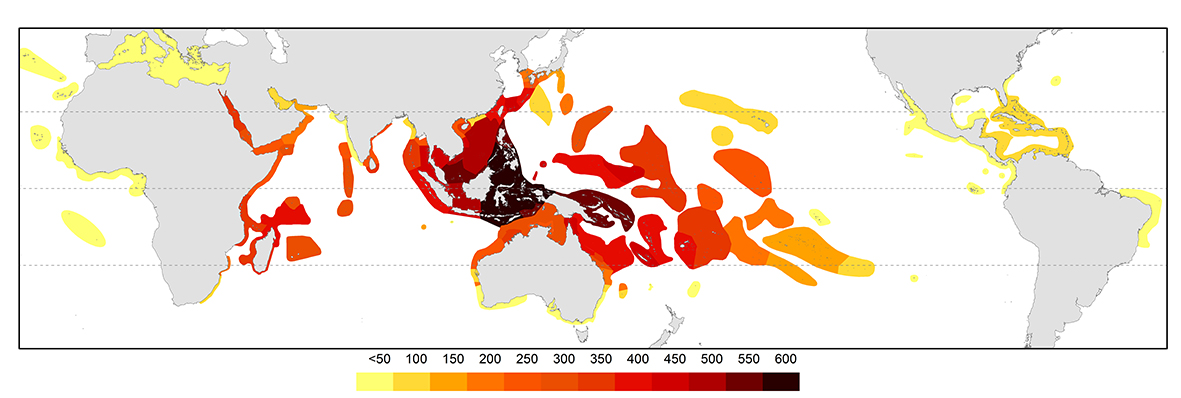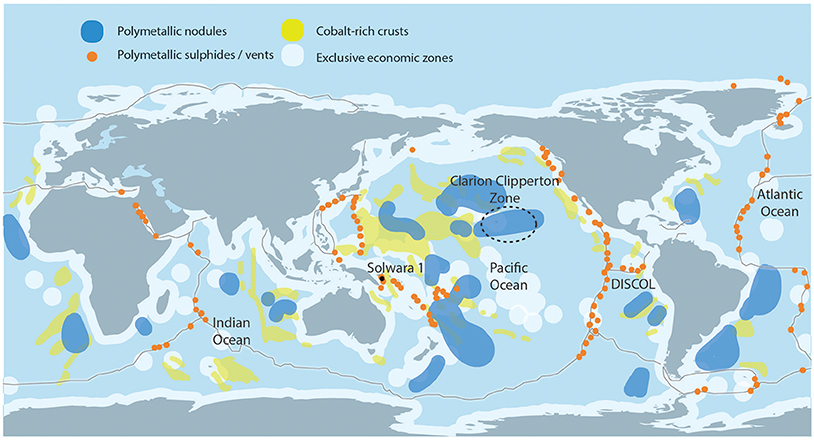Corals emerged during the...
Cambrian period, over 500 million years ago
A coral polyp is...
A tiny, sea anemone-like organism reasonable for providing additional nutrition to the coral.
...high stress
Due to shortages in necessary materials, several countries have opted for deep-sea mining, a process which involves...
...scarping the ocean floor, creating sediment plumes.
The typically "coral growing season"...
... is during winter and fall, when the ocean is usually cooler in temperature.
Coral's color comes from...
zooxanthellae in the polyps
Coral bleaching is often mistaken for...
...white plague, a bacteria disease which promotes tissue decay.
Deep-sea mining sediment can also cause...
...severe escalation in coral tissue loss
The oldest and most prominent "base-layer" coral is...
...stony coral
How does coral grow?
Asexual reproduction, sexual reproduction, and secreting calcium carbonate,
If a coral dies from coral bleaching a consequences is...
Plans for deep sea mining are mainly condensed....

Corals of the World. (2015). Coralsoftheworld.org. https://www.coralsoftheworld.org/page/distributions/
...in the western pacific, where a vast majority of the world's coral reefs lay.

Miller, K. A., Thompson, K. F., Johnston, P., & Santillo, D. (2018). An Overview of Seabed Mining Including the Current State of Development, Environmental Impacts, and Knowledge Gaps. Frontiers in Marine Science, 4(418). https://doi.org/10.3389/fmars.2017.00418
Modern versions of corals appeared...
...roughly twenty-five million years ago
an automatic stress response and reproductive strategy...
What is, "bailing out?"
...83.7% of all reefs
deep sea nodules (little chunks of rare metals) take millions of years to grow. The size of these can be up to...
20 cm, which take a 15-20 million years to form.
(Sometimes) corals gain nutrients by...
...acting as a filter, filtering out particular matter to absorb dissolved nutrients directly from the water.
polyps hunt (mainly at night) using...
...extending their spiny little tentacles, which captures, paralyses and/or kills prey.
Factors that heighten the chance of coral bleaching include...
...polluted water, extreme temperature spikes, human interference, animal interference, turbility, and storm water run-off
The mass mining of nodules will effect...
...biodiversity ocean-wide, with masses of different chemicals and sentiments being released from the ocean.